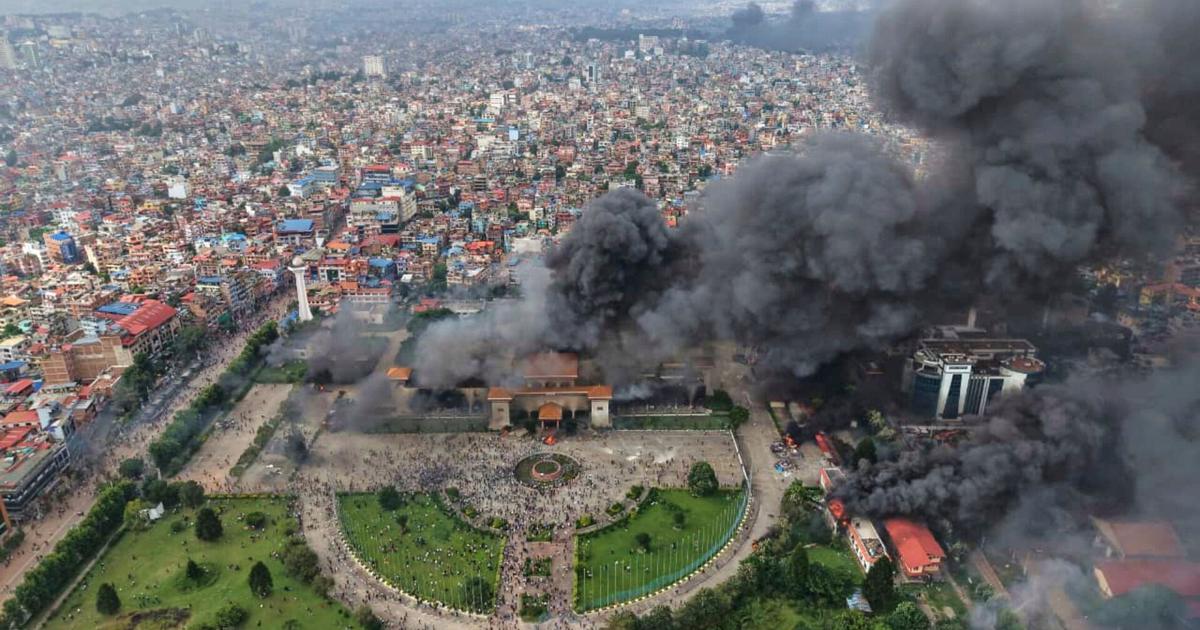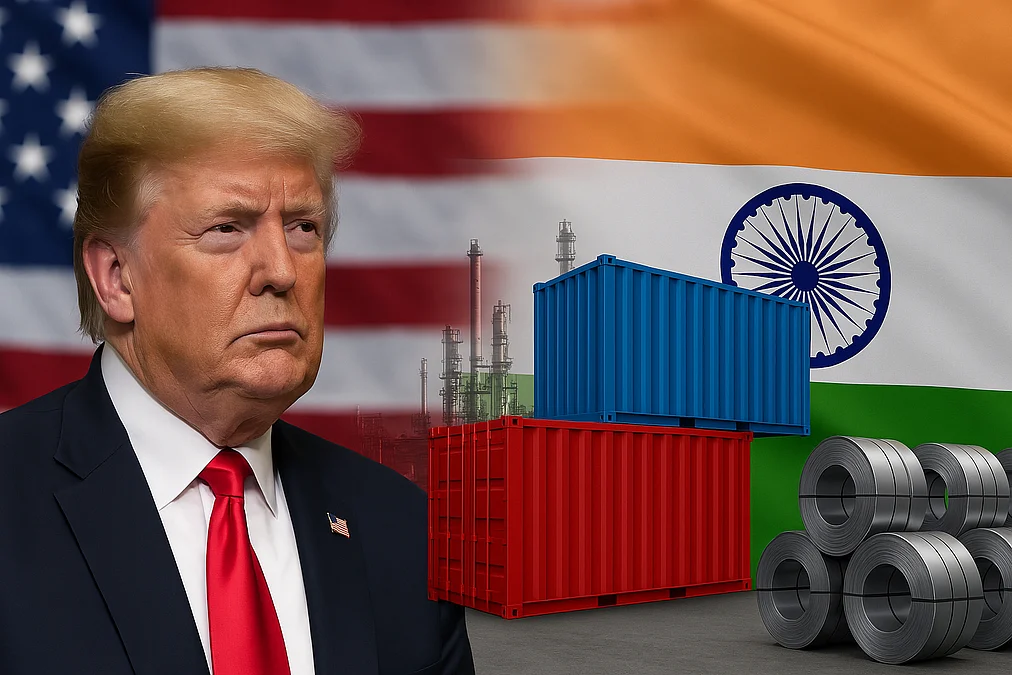The youth of this country burned down their parliament. This is why it’s a warning to democracies everywhere
By Contributor,Hari KC
Copyright thestar

How did young Nepalis force their government into retreat in just 36 hours? Around the world, people are asking how a generation often dismissed as glued to their phones mobilized one of the fastest and most decisive protest movements in recent memory. Earlier this month, protesters took over the streets of Kathmandu, set fire to government buildings, and forced the prime minister to resign.
On Sept. 4, Nepal’s government abruptly suspended 26 social media platforms, including TikTok, Facebook and YouTube. International headlines cast the backlash as outrage over entertainment.
But this wasn’t a tantrum over lost apps. It was an uprising against decades of broken promises.
As I told CBC Kitchener and CBC News Network’s Hanomansing Tonight, what drove young people into the streets was far deeper: corruption, lack of accountability, and collapsing trust in leaders who had promised reform for decades but delivered little.
That is why the protests were so powerful — and why they succeeded so quickly.
For years, politicians in Nepal have invoked the sacrifices that ended monarchy and restored democracy. But today’s youth are unmoved by nostalgia. They measure their futures against peers abroad and see only stagnation. Tens of thousands leave each year for gruelling jobs in Malaysia, South Korea or the Gulf. Those who stay face corruption, patronage networks and scarce opportunities.
The social media ban struck at the one space where young Nepalis still felt visible. TikTok and other platforms were not just distractions; they were arenas to air grievances, mock corruption and build solidarity. The ban revealed a political class so threatened by criticism that it sought to silence dissent through censorship.
The ground was already dry. The ban was the match. Years of disillusionment ignited into combustible urgency. Tear gas and repression could not smother it. Within 36 hours, the government had no choice but to retreat.
What makes this moment significant far beyond Nepal is the warning it sends to democracies everywhere. When young people lose faith in leaders who fail to deliver, they will not quietly scroll away. They will resist.
We have seen this before: in youth-led climate strikes in Europe and Canada, democracy protests in Hong Kong and women’s rights marches in Iran. In each case, young people mobilized rapidly, using digital platforms not simply to perform “slacktivism” but to build real-world momentum. Nepal’s 36-hour uprising is the latest reminder that when political leaders underestimate youth, they do so at their own peril.
Now Nepal stands at a crossroads. With Shushila Karki sworn in as interim prime minister and a new cabinet forming, the question is whether the country’s leaders will finally deliver accountability and justice — or whether Nepal will slip back into its all-too-familiar cycle of protest, repression and disillusionment.



